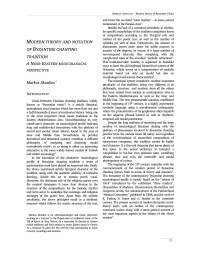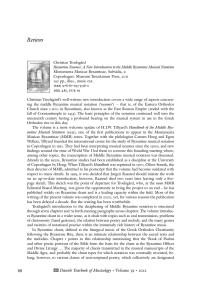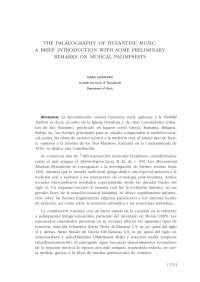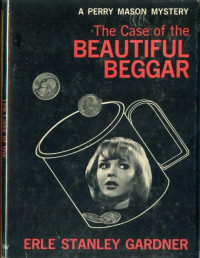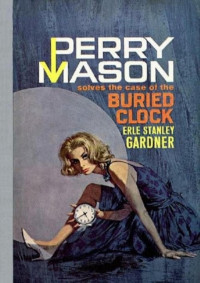
The Theory of Music Intervals During The Era of the Byzantine Maistores (Vol. 3, Section II: Conference Papers, pp. 81–94)
Thomas Apostolopoulos, Ivan Moody, Maria Takala-Roszczenko
One of the basic factors that established the New Method of teaching was the defining of the echoi scales and the numbering of the intervals. After centuries of silence on behalf of the theoretical literature, Chrysanthos reintroduced the Aristoxenean method for the measurement of the intervals, breaking the major tone into twelve moria, as Aristoxenos and Kleonides had suggested. The seduction of the non-tempered scale with intervals different from those of the European tempered instruments triggered for decades dozens of studies which shed more and more light on a theory that traces its origins back to Ancient Greek music and is historically considered to be the most appropriate to describe a modal music system such as psaltiki.
Before Chrysanthos, only a few musicians would have possessed the knowledge and the material required to construct an interval theory. The Musici Scriptores Graeci had just come to light via various editions in Western Europe. The bad conditions education has to face under the Ottoman yoke are reflected in the deficiencies or even the absence of important theoretical works on music. The issue of the variety the intervals demonstrate as well as the existence of the so-called thin intervals proves to be crucial, especially when it comes to the contrast with the rising European tempered system. Beginning with the most recent, this presentation will attempt in ten steps to detect the relevant references.
Before Chrysanthos, only a few musicians would have possessed the knowledge and the material required to construct an interval theory. The Musici Scriptores Graeci had just come to light via various editions in Western Europe. The bad conditions education has to face under the Ottoman yoke are reflected in the deficiencies or even the absence of important theoretical works on music. The issue of the variety the intervals demonstrate as well as the existence of the so-called thin intervals proves to be crucial, especially when it comes to the contrast with the rising European tempered system. Beginning with the most recent, this presentation will attempt in ten steps to detect the relevant references.
年:
2018
出版:
1
出版社:
Journal of The International Society for Orthodox Church Music
语言:
english
页:
14
文件:
PDF, 1.73 MB
IPFS:
,
english, 2018
 Amazon
Amazon  Barnes & Noble
Barnes & Noble  Bookshop.org
Bookshop.org  转换文件
转换文件 更多搜索结果
更多搜索结果 其他特权
其他特权 